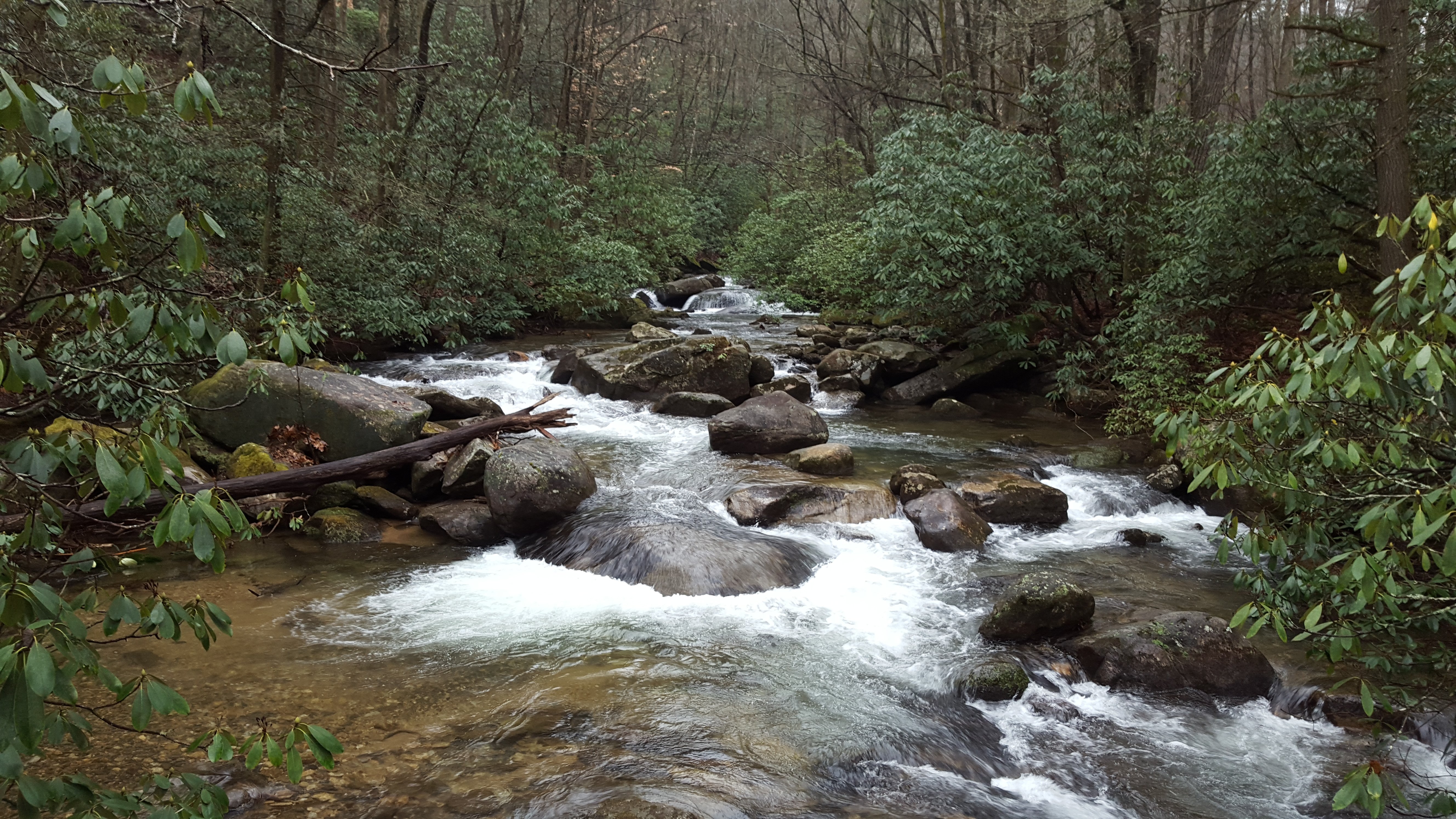-
Posts
10,414 -
Joined
-
Last visited
Content Type
Profiles
Forums
Gallery
Events
Everything posted by ccoyle
-
I dare say most models are multi-media affairs. Even 'wood' models normally include lots of metal work and/or other materials. They're still considered wooden models. A paper model with wooden spars and blocks and metal guns is still largely a paper model. And how much you choose to substitute depends in large degree on your comfort level. I've seen unbelievable guns here on MSW made entirely out of paper, but if I personally have the choice, I'd probably go for metal guns, too. Cheers!
-

Shipyard H.M.S. Wolf, 1754 - 1:72 Scale Laser Cut Kit
ccoyle replied to catopower's topic in Card and Paper Models
Yes. Yes there is. -

Shipyard H.M.S. Wolf, 1754 - 1:72 Scale Laser Cut Kit
ccoyle replied to catopower's topic in Card and Paper Models
Looks awesome! -
Jan, I think you might be referring to this one by Matti. I think it might be worth pointing out that Matti's model took roughly two years to complete, and that the kit build logs section is littered with Wasa build logs that stop mid-build somewhere. It's an intimidating model subject.
-
This is one of the earlier kits and likely to have minimal instructions. Should be the usual Caldercraft quality in all other respects, though.
-
There are two primary things wrong with your grandfather's technique: 1) It does not appear that the bulkheads are chamfered. You can see this by the way the planks bend sharply at each bulkhead station. The bulkhead parts are cut perpendicular to the plane of the sheet they were cut from; the square edges must be shaped to allow the curved planks to run properly along the length of the hull. 2) The planks on a ship's hull are not of uniform width, because the distance from the keel up along to the top of the ship's side is not the same along the length of the hull. Because of this, individual planks must be shaped along their length prior to affixing them to the hull. This process is called spiling, and it is one of trickier parts of our art to learn. Fortunately, we have some tutorials on spiling in the resources section I linked to in my earlier post. As for choosing a kit, we have a couple of relevant articles on that topic here. Enjoy!
-
Okay, first I'd like to say you have an intriguing set of book titles on your shelf. I used to breed African cichlids and had 22 aquariums at one point; sold them all off when it got too much like work rather than a hobby. Now, this next bit you're not going to like. Your photo shows that you are off to a bad start. Don't take this personally, but if you truly want to wind up with a decent-looking model, then you need to take a few steps backward before going forward. First, I'd strip off all the planking you have done so far and remove the false decks, if possible. Trust me, if you don't get those right, your entire build will be one giant headache. Next, grab some refreshments, settle into a comfy chair and start reading some articles and/or books about wooden ship modeling. A great place to start is here. Next, take a look at some of the build logs here at MSW to see how getting a proper hull shape is done. That's why we have logs - so you can learn from those who have already made the mistakes for you. Third, give some very serious thought to starting with an easier model. Much easier. Wooden ship models don't get much more complex than the Wasa. You'll be far more likely to succeed with Wasa if you complete something simpler first. I hope all of this hasn't put you off. This is a great hobby, if you get off on the right foot. Unfortunately, kits like your Wasa have done in many aspiring modelers before they had a real chance to accomplish something. I hope you will give my advice some consideration. Kind regards,
-
Hi, Iondriver. I can't help you with your particular questions, but I have moved your post to the appropriate sub-forum and edited the title for clarity. Hope you get an answer soon. Cheers!
-
Agree with Gunther. Now, if only some kit manufacturers would pick up on this concept and dump their cast metal boats.
- 13 replies
-
- 95mm boat
- master korabel
-
(and 1 more)
Tagged with:
-
If you do decide to go with the AL Harvey, be forewarned that it builds into quite a large finished model.
- 15 replies
-
I've heard of the wooden 'copper' plates before, but never actually seen them. Seems to me a poor way of doing things. I'd ditch them and go with copper tape or tiles, in which case you would only need something inexpensive, like basswood, to complete the second planking below the waterline. Cheers!
-
I just finished watching the Korean-language film The Admiral: Roaring Currents on Netflix. As per usual, whenever a film piques my curiosity, I do some research afterwards, and I got a lesson not only in Korean history, but also a reminder of how little we in the West know about history in general in the East. And fascinating stuff it is, too. Briefly, the film (which was released in 2014 and set the Korean all-time box office record) is a period piece centered on Admiral Yi Sun-sin's victory over the Japanese at the Battle of Myeongnyang in 1597. I won't ruin the plot for anyone wishing to see the film, but I will say that it is your typical Asian-style grand epic, with a strong Korean nationalism flavor. The battle scenes were filmed using several very well executed replica Korean panokseon warships, along with the generous use of CGI. If you've seen any movies from the same genre out of Korea or Hong Kong, then you know that these battle sequences tend to lean heavily towards over-dramatization. It's a style that hugely appeals to Asian audiences, but is less well received in the West. One either likes it for what it is or one doesn't. There are some aspects of sailing and fighting the lumbering, oared warships that will make nautical purists wince; one just needs to turn a blind eye to them. I enjoyed the film, but I enjoyed my little lesson in Korean naval history even more. I won't dish out any spoilers here, either, for anyone wanting to read up on it on their own, but I will throw out a teaser by saying that Admiral Yi (who is a national icon in Korea) is every bit as engaging as any of our better-known Western admirals, and the naval campaigns fought between Korea and Japan between 1592 and 1598 were done on a very grand scale. As I said, it is fascinating stuff, and I spent a good deal of time link-hopping at Wikipedia. Enjoy the links!
- 1 reply
-
- film review
- The Admiral: Roaring Currents
- (and 2 more)
-
Do a search for the Merit International 1/350 scale kit. Good luck!
-
Goodness! I hope you didn't turn that mast while sitting on your sofa! BTW, I believe our family has that exact same sofa - a two-piece sectional with ottoman from Costco?
- 52 replies
-
- muscongus bay lobster smack
- Midwest Products
-
(and 2 more)
Tagged with:
-
Without more information about the vessel, e.g. type of vessel and approximate dates of service, it is essentially impossible to know what sort of model should be built. And be forewarned - a commissioned model will not be inexpensive.
-
A very well-done model and presentation!
- 22 replies
-
- master korabel
- 75mm boat
-
(and 1 more)
Tagged with:
-
It's all good, Brian -- I was just teasing.
- 80 replies
-
- choctaw
- heinkel models
-
(and 1 more)
Tagged with:
-
- 80 replies
-
- choctaw
- heinkel models
-
(and 1 more)
Tagged with:
-
I thought that was an example of 'modeler's face'. You know - the kind you make when you drop a 2 mm block on the floor again.
-
It has one. Click on the Union Jack at the top of the home page.
- 2 replies
-
- Orel
- card models
-
(and 1 more)
Tagged with:
-
I had no idea the MV Stockholm was still cruising (now as the MV Azores). Normally I would have no interest in cruising, but I think I could work up some enthusiasm for a ship with such a significant historical connection.
- 108 replies
-
- andrea doria
- ocean liner
-
(and 1 more)
Tagged with:
-
A few months back, during one of my regular tours of card model sites, I noticed that the website for Orel, a Ukrainian publisher, was down. Turns out it was down because the publisher was in the process of creating a new and improved site. Well, they are back up now, and here's the link: Orel Orel are not one of the old, well-established publishing houses, but they have been very, very prolific since opening up shop about ten years ago. They produce kits of ships, planes, vehicles, trains, and architecture. Their ship model line leans heavily towards Russian pre-Dreadnought era vessels, but ships from other eras and nations are well represented. One of their newest designs is of the USS Vesuvius 1888, a pneumatic-gun cruiser. Orel have also been gradually increasing their line of laser-cut and photo-etch detail sets. The new site is well done, functional, and easy to navigate. Check it out!
- 2 replies
-
- Orel
- card models
-
(and 1 more)
Tagged with:
-
I'm pretty sure those are off-the-shelf cannons, as they look exactly like the ones included in the HMS Fly kit. If you want more period-correct guns, you're going to have to look for after-market parts or make them yourself. Or who knows -- maybe they're correct for Revenge. I know they weren't for Fly. Good luck!
- 133 replies
About us
Modelshipworld - Advancing Ship Modeling through Research
SSL Secured
Your security is important for us so this Website is SSL-Secured
NRG Mailing Address
Nautical Research Guild
237 South Lincoln Street
Westmont IL, 60559-1917
Model Ship World ® and the MSW logo are Registered Trademarks, and belong to the Nautical Research Guild (United States Patent and Trademark Office: No. 6,929,264 & No. 6,929,274, registered Dec. 20, 2022)
Helpful Links
About the NRG
If you enjoy building ship models that are historically accurate as well as beautiful, then The Nautical Research Guild (NRG) is just right for you.
The Guild is a non-profit educational organization whose mission is to “Advance Ship Modeling Through Research”. We provide support to our members in their efforts to raise the quality of their model ships.
The Nautical Research Guild has published our world-renowned quarterly magazine, The Nautical Research Journal, since 1955. The pages of the Journal are full of articles by accomplished ship modelers who show you how they create those exquisite details on their models, and by maritime historians who show you the correct details to build. The Journal is available in both print and digital editions. Go to the NRG web site (www.thenrg.org) to download a complimentary digital copy of the Journal. The NRG also publishes plan sets, books and compilations of back issues of the Journal and the former Ships in Scale and Model Ship Builder magazines.



